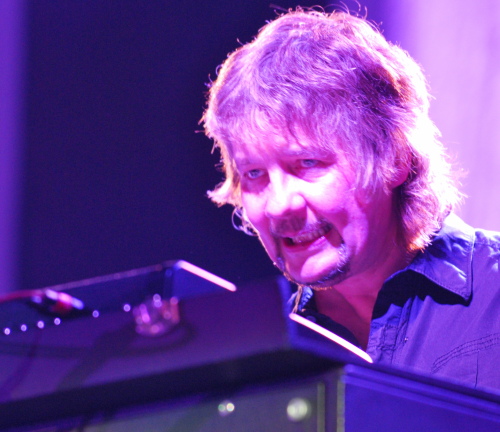Gone fishin’
Adrian Smith, one half of the classic Iron Maiden’s signature twin guitars, is doing interviews promoting a book of memoirs about his other passion — fishing (with a good measure of musical anecdotage thrown in). He recently guested on Blue Fish Radio to discuss the book and his career. Here’s how he describes that crucial moment in his life when he figured out that he doesn’t really want to become a fisherman:
When I was about 14 or 15, I was kind of a clueless, your usual type of teenager and I didn’t know what I wanted to do in my life. And I sort of wandered into my older sister’s bedroom to check out her albums, which were normally soul records — The Temptations and [other] Motown [artists]. And then I noticed she had some new records, and one of them was a Deep Purple record called ‘Machine Head’. So I put the album on a little record player, and I just couldn’t believe what I was hearing. That was it, really. It sort of changed my life. I thought, ‘Well, I’d love to be out doing that one day.’ The fishing had kind of tapered off. In those days, I couldn’t imagine my heroes, like Ritchie Blackmore from Deep Purple, and people like that going fishing. So I thought, ‘Well, I’ll give it up and I’ll give all my time to try and make it as a professional musician.’ So that’s what I did.
Adrian’s book is called Monsters Of River & Rock and is out since September via Virgin Books.
Thanks to Blabbermouth for the info.
![[hand]](/hs-pics/portraits/hands/glover1.jpg)
![[face]](/hs-pics/portraits/faces/gillan2.jpg)


 Unauthorized copying, while sometimes necessary, is never as good as the real thing
Unauthorized copying, while sometimes necessary, is never as good as the real thing